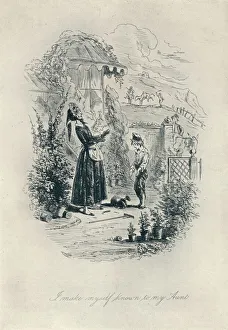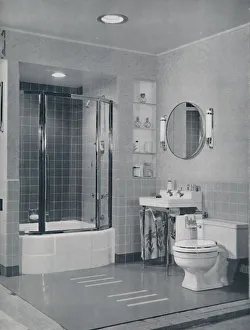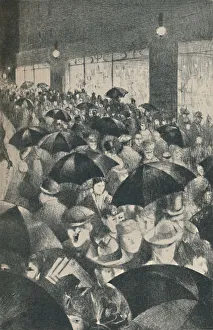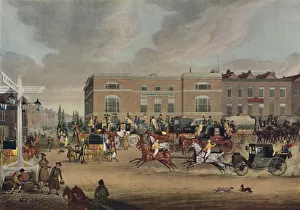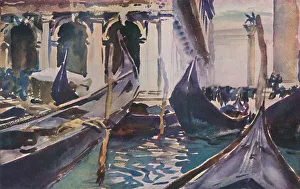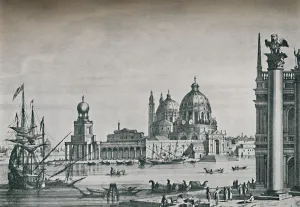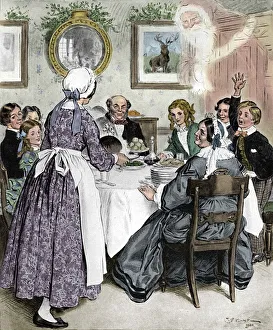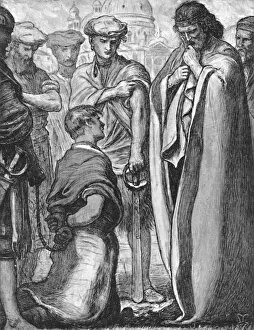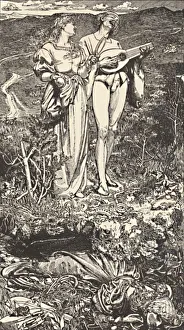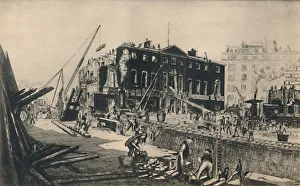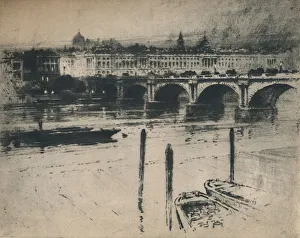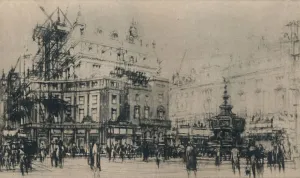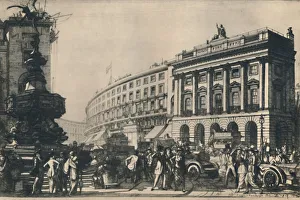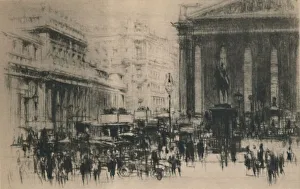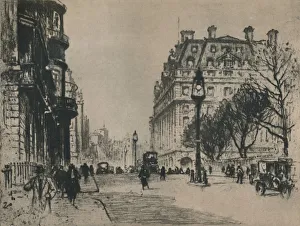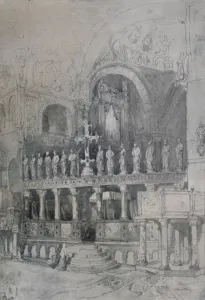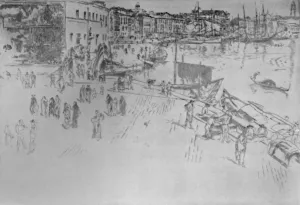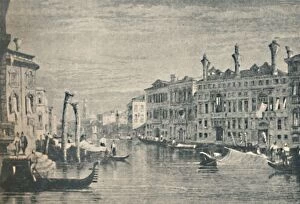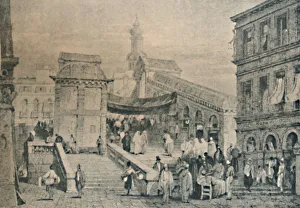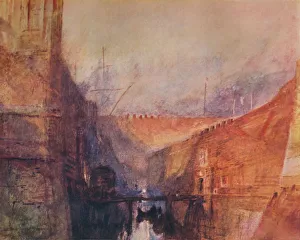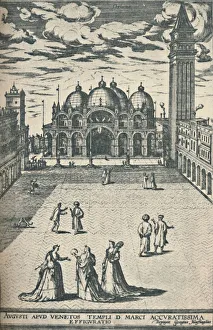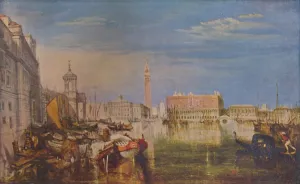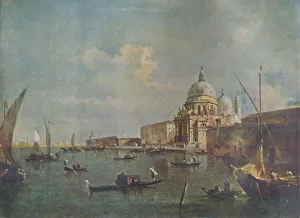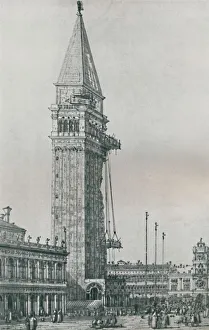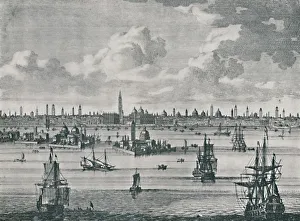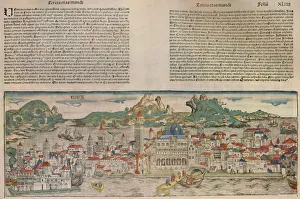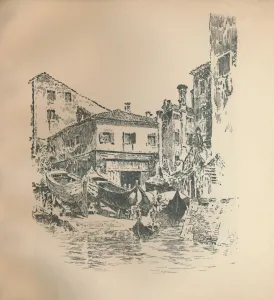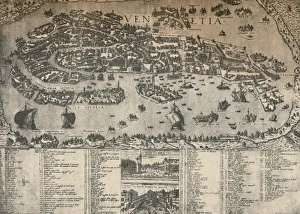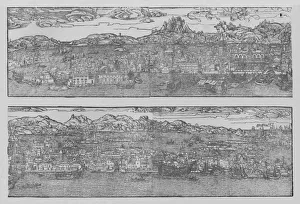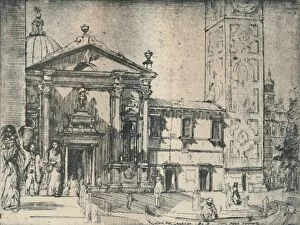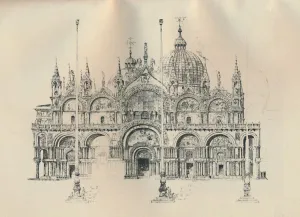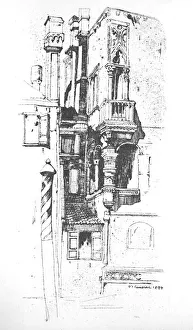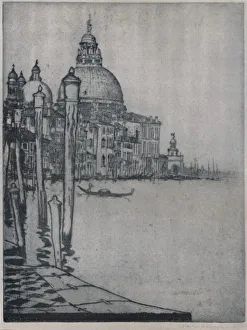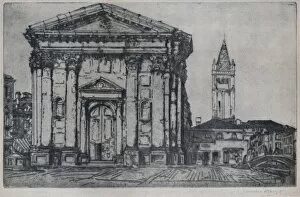Geoffrey Holme Collection
"Geoffrey Holme: A Captivating Journey Through Art and Time" Step into the world of Geoffrey Holme, a man whose life was intertwined with the beauty and allure of art
All Professionally Made to Order for Quick Shipping
"Geoffrey Holme: A Captivating Journey Through Art and Time" Step into the world of Geoffrey Holme, a man whose life was intertwined with the beauty and allure of art. From etchings to paintings, his passion for artistic expression knew no bounds. In "I Make Myself Known to My Aunt, " an exquisite etching from David Copperfield, we catch a glimpse of Holme's appreciation for classic literature brought to life by the talented Hablot Knight Browne. Transporting us further in time, we find ourselves immersed in Crane Company's "The Bathroom. " This 1940 artwork showcases Holme's fascination with everyday scenes that often go unnoticed but hold immense charm and significance. John Singer Sargent's "Gondolas by the Piazzetta" captures Holme's love for travel and exploration. The vibrant colors transport us to Venice, where gondolas gracefully glide through picturesque canals. As we move forward, CRW Nevinson takes center stage with two contrasting pieces. In "Wet Evening, Oxford Street, " Nevinson portrays bustling city life amidst rain-soaked streets—a reflection of Holme's admiration for urban landscapes. Meanwhile, "Lorry-Jumpers" depicts the adrenaline-fueled chaos of war—an era that deeply impacted him. Holme also had an eye for design as seen in Heal & Son Ltd. 's kitchen arrangement from 1942. His interest extended beyond aesthetics; he recognized the importance of functionality and innovation within domestic spaces. "The Elephant and Castle on the Brighton Road" reveals his affinity for historical depictions. This 1826 masterpiece by Peter Schenk transports us back in time while showcasing his appreciation for architectural marvels. Art became a gateway into introspection as well. Charles Edmund Brock's piece titled "Let Me Think of Comfortable Family Dinners" evokes nostalgia and warmth—reminding us that family bonds are timeless and cherished.

